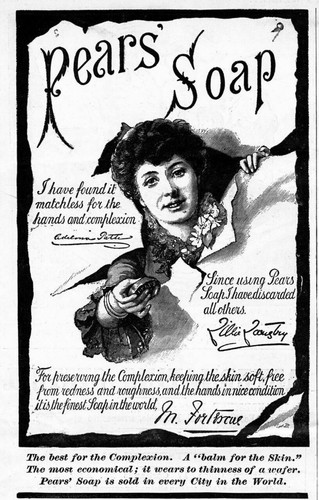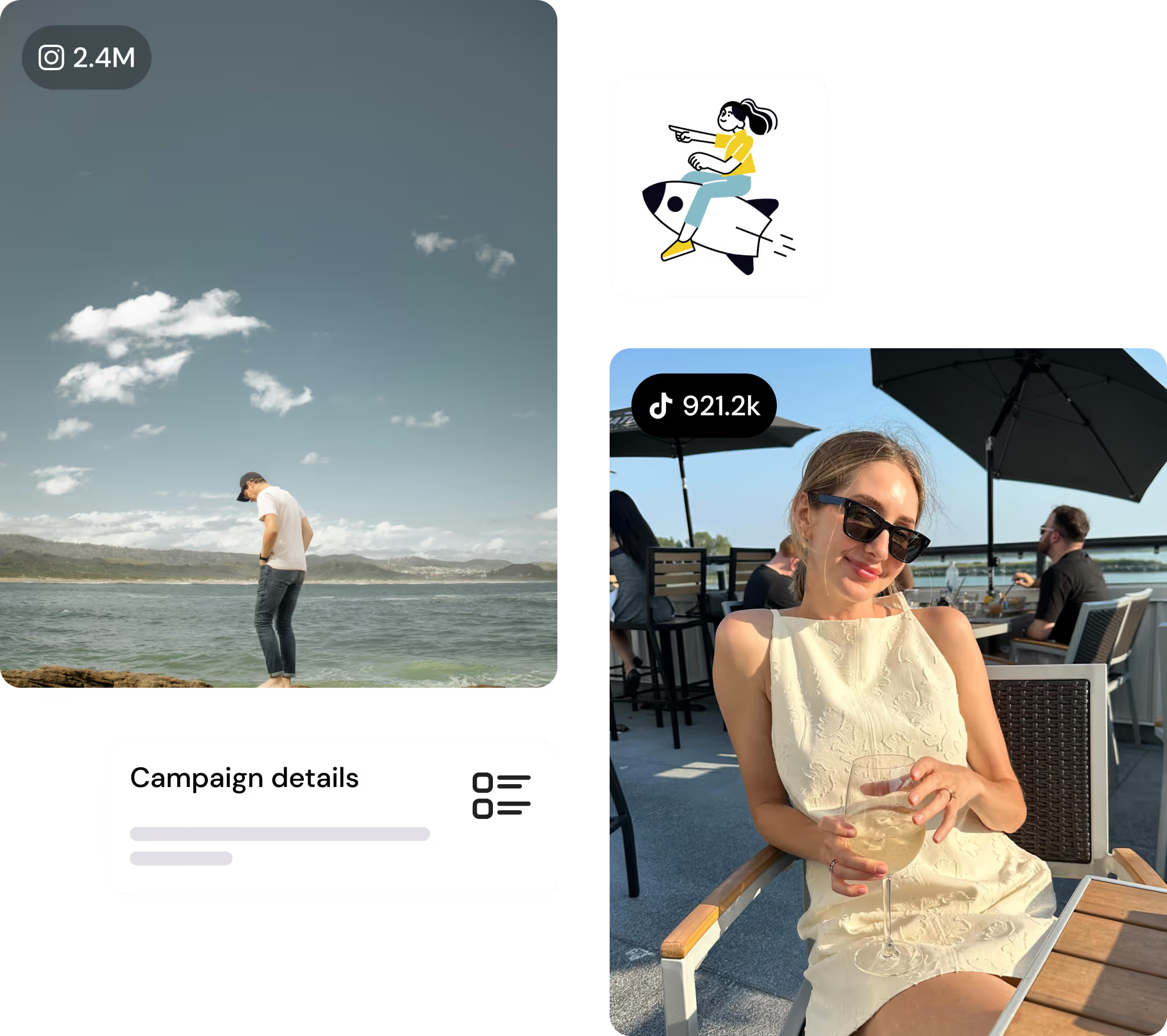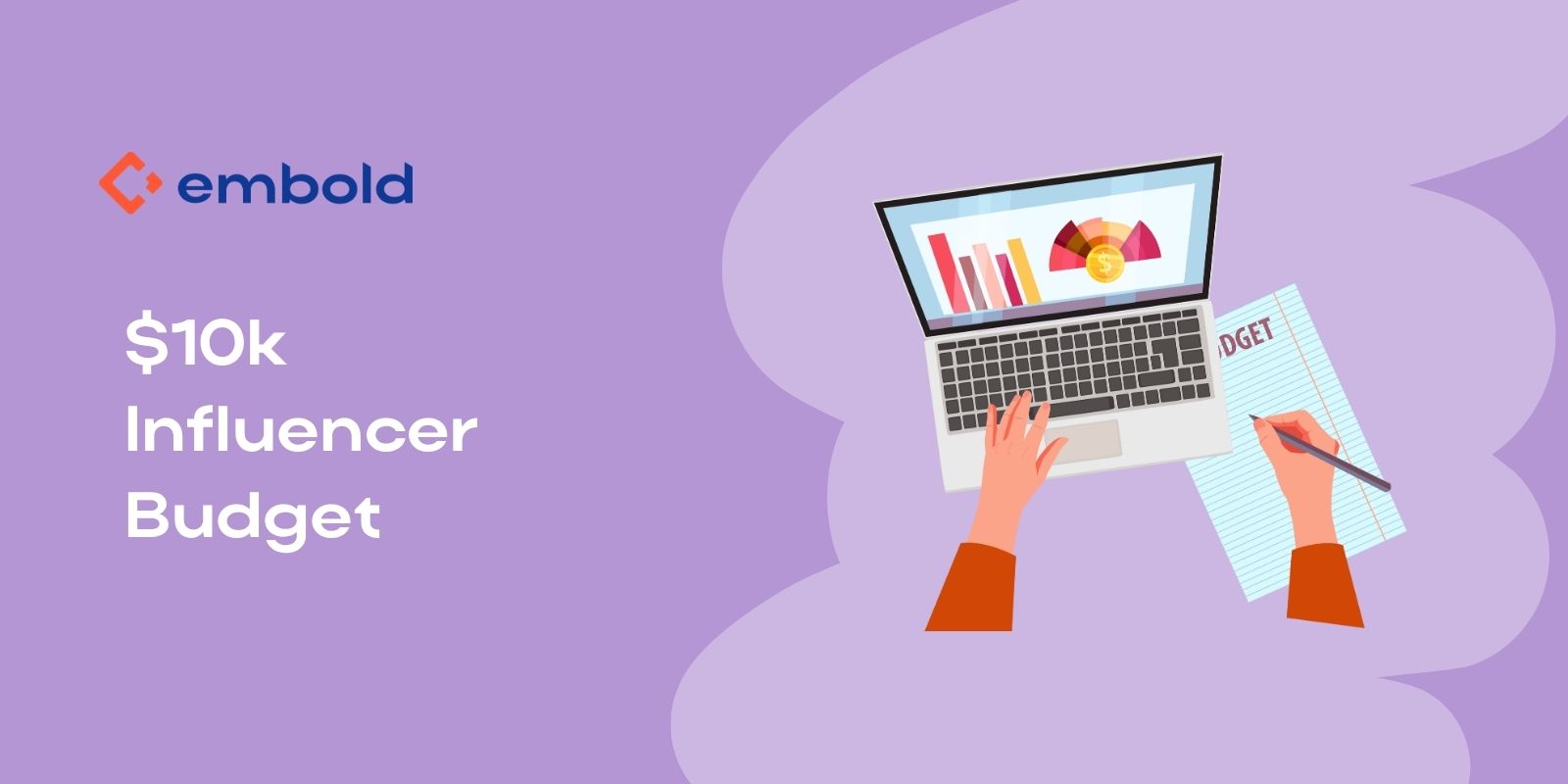
The History of Influencer Marketing: From Gladiators to Canadian Creators

Introduction: Why History Matters for Marketers
Influencer marketing might feel like a product of the Instagram era, but its roots stretch back centuries. From Roman gladiators to Victorian actresses, trusted figures have always shaped public opinion and buying decisions. Today, this tradition continues on TikTok, YouTube, and Instagram, only now it is supported by data, analytics, and platforms like Embold that connect Canadian brands with the right creators.
Understanding this history is more than trivia. It helps Canadian marketers see influencer marketing as a proven strategy, not a passing trend, and equips them to make smarter investments for long-term growth.
Influencer Marketing in the Ancient World
Gladiators and Early “Brand Endorsements”
In the Roman Empire, gladiators were cultural icons. Popular fighters endorsed products like wines and oils, lending credibility much like today’s sports influencers. Human behaviour has not changed: people trust figures they admire.
The Takeaway for Today
Just as Roman audiences looked to gladiators for cues, modern consumers look to micro and nano influencers. Roughly 49% of people depend on influencer recommendations when making purchases, showing this trust has not diminished, only shifted platforms.
The Victorian Era: Celebrity Endorsements Emerge
The 1800s saw advertising transition from plain text to visually driven campaigns. A pivotal moment came when actress Lillie Langtry promoted Pears Soap. This was one of the first celebrity endorsements and set the stage for influencer marketing.

Why It Matters for Canadian Brands
This era marked the beginning of personality-driven advertising. Fast-forward to today, and Canadian brands often see higher ROI when they partner with influencers whose values and lifestyles reflect their target audience’s aspirations.
The Golden Age of Advertising: Santa Claus and Coca-Cola
In the 1930s, Coca-Cola transformed Santa Claus into a brand ambassador, creating one of the most successful campaigns in history. Santa was not just a character, he became a trusted figure who embodied joy, generosity, and Coca-Cola’s brand promise.
The Canadian Connection
Canadian retailers have long used seasonal icons, from Hudson’s Bay holiday campaigns to Canadian Tire’s brand mascots, to build cultural trust. Today, influencers are the modern equivalent of Santa Claus: familiar, credible figures guiding purchase decisions.
The Rise of the Digital Age: From Print to Pixels
The 1970s and 1980s marked a turning point. The first digital camera appeared in 1975, the first clickable banner ad launched in 1993, and Google was founded in 1998.
The Birth of Online Influencers
Early “webmasters” and bloggers built loyal communities around topics from fashion to technology. Their influence foreshadowed today’s content creators, proving that people trusted voices outside of traditional advertising.
Lessons for Canadian Marketers
Canada’s internet penetration now sits above 94%, and 81.9% of Canadians are active on social media. Digital platforms are not optional for Canadian brands. They are the primary battleground for attention.
The Social Media Revolution: Facebook, YouTube, Instagram
The 2000s accelerated influencer marketing:
- Facebook (2004) introduced online communities.
- YouTube (2005) created space for video storytelling.
- Instagram (2010) redefined visual marketing and made influencer marketing mainstream.
Reality TV to Relatable Creators
In Instagram’s early years, reality TV stars and celebrities dominated. But consumers quickly shifted toward relatable creators who felt authentic. Statistics show 82% of consumers trust social media for purchase decisions, and in Canada, micro-influencers often outperform celebrities because of their local relevance.
Modern Influencer Marketing in Canada
The Power of Micro and Nano Influencers
Canadian audiences respond strongly to local voices. Micro-influencers (10K–50K followers) and nano-influencers (under 10K followers) drive higher engagement because their content feels personal. At Embold, we have seen this first-hand through campaigns where regional creators outperform celebrity endorsements in both engagement and conversions.
Canadian Consumer Insights
- 71% of Canadians trust influencer recommendations more than branded content.
- 53% of Canadian women say they have made purchases based on influencer promotions.
- Gen Z and Millennials, who make up a growing share of Canada’s consumer base, are especially likely to discover and purchase through social media.
How Influencer Marketing Has Evolved into Strategy
Influencer marketing is no longer about one-off celebrity endorsements. For Canadian brands, it now means:
- Always-on campaigns that build long-term trust.
- Data-driven influencer selection that prioritizes audience match, not just follower count.
- Whitelisted ads that combine influencer content with paid amplification for precise targeting.
- Authentic storytelling that aligns with Canadian values, from multicultural representation to bilingual campaigns.
Platforms like Embold make this possible by offering both fully managed campaigns and a self-serve platform with discovery, contracting, and reporting tools designed specifically for Canadian advertisers.
Key Milestones in Influencer Marketing: A Timeline
- Roman Empire: Gladiators endorse goods.
- 1800s: Victorian celebrities promote products.
- 1931: Coca-Cola and Santa Claus partnership.
- 1970s–90s: Digital marketing emerges, blogs gain traction.
- 2004–2010: Facebook, YouTube, and Instagram spark social influence.
- 2020s: Micro and nano influencers reshape Canadian marketing.
What This Means for Canadian Brands Today
Influencer marketing is projected to reach $22.3 billion globally in 2024, and Canada is playing a growing role in this expansion.
For Canadian marketers, the biggest opportunities lie in:
- Leveraging micro-influencers to reach niche, loyal audiences.
- Tapping regional voices to resonate with local markets across provinces.
- Investing in always-on influencer strategies that extend beyond seasonal campaigns.
- Measuring ROI through engagement, conversions, and brand sentiment rather than vanity metrics.
Embold helps brands execute on all of these by connecting them with 9,000+ vetted Canadian creators and providing campaign management tools built for measurable outcomes.
The Future of Influencer Marketing in Canada
The industry is evolving quickly:
- AI and analytics will make influencer selection smarter.
- Regulatory clarity from the Competition Bureau and Ad Standards will shape how brands disclose partnerships.
- Creator economy growth will give brands more collaboration options, from TikTok to YouTube Shorts to niche community platforms.
Canadian brands that embrace influencer marketing now will not just keep up, they will lead.
Conclusion: Influencer Marketing Is Here to Stay
From gladiators in ancient Rome to Canadian micro-influencers today, the thread is clear: people trust people more than they trust ads. Influencer marketing has always been about credibility, relatability, and storytelling.
For Canadian brands, this history shows one thing: influencer marketing is not a trend, it is the future of advertising. The only question is how quickly your brand adapts.
If you are a Canadian brand looking to scale your influencer marketing, get in touch with Embold today. Our team and platform are built to connect you with the right Canadian creators, manage campaigns seamlessly, and deliver the ROI you need.
For brands ready to start building trusted partnerships, read our guide on what to include in an influencer partnership agreement.

The all-in-one creator marketing platform built for Canadian brands
Plan, launch, and measure all your creator campaigns from one place.
.jpg)



